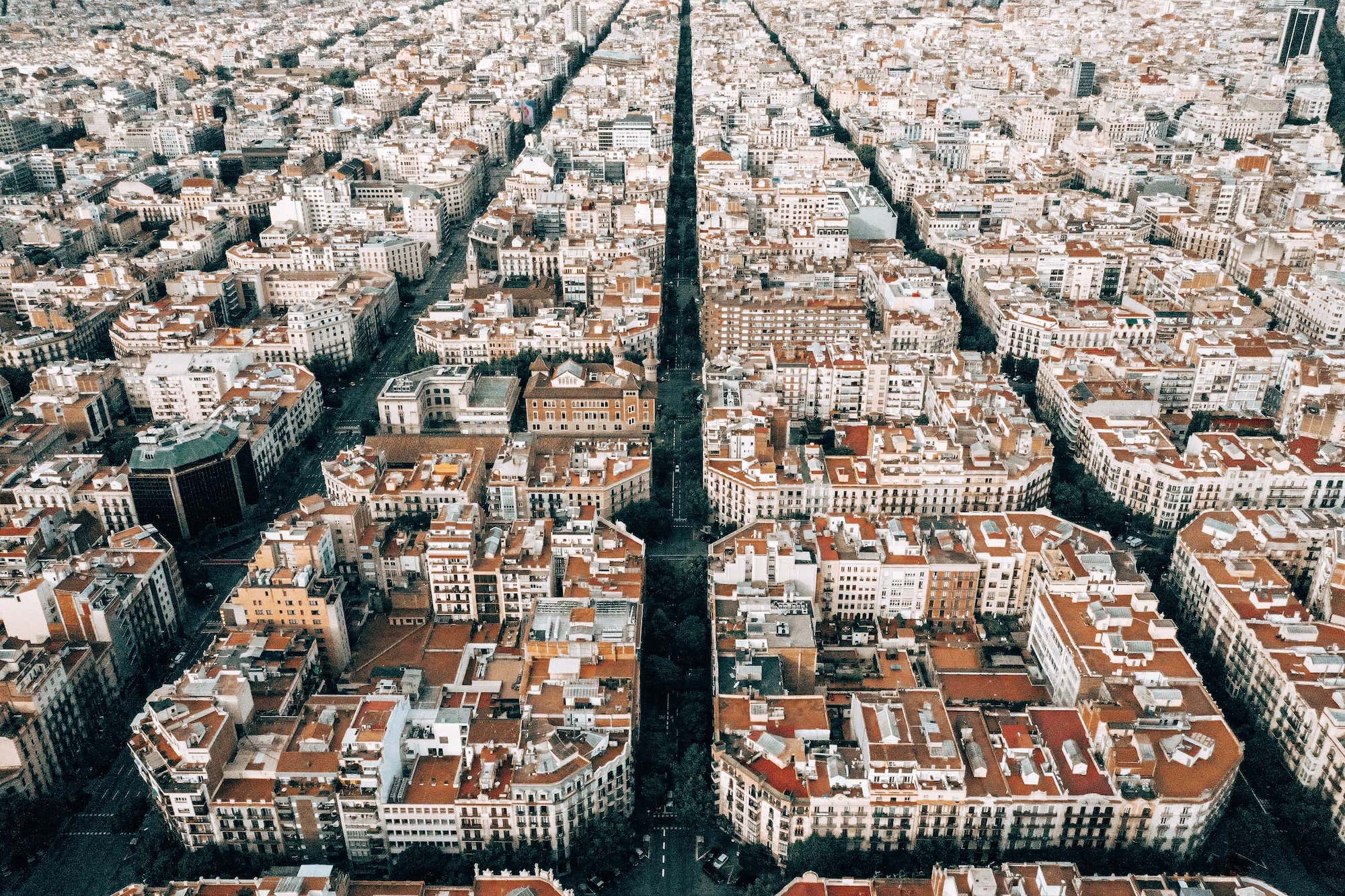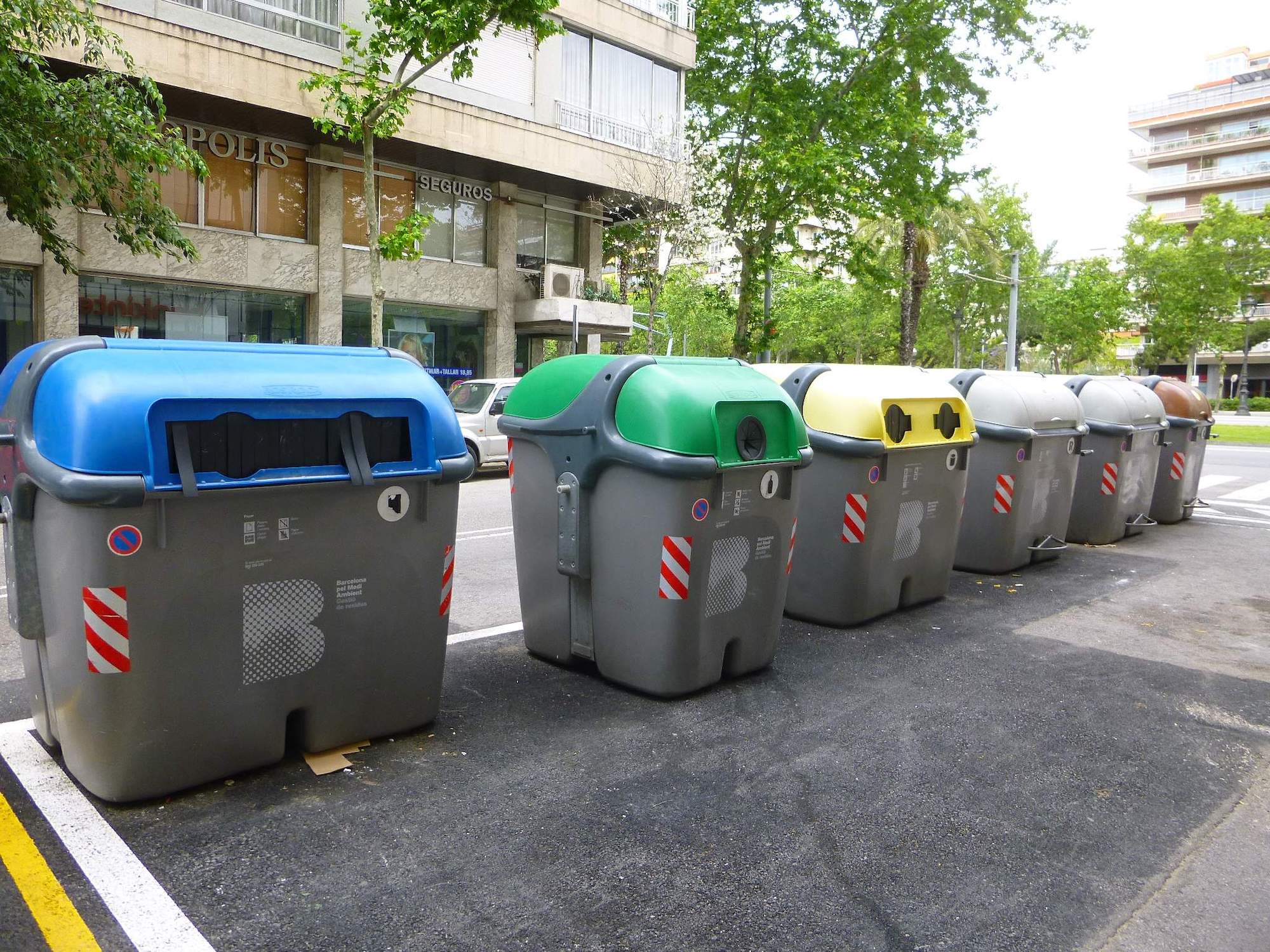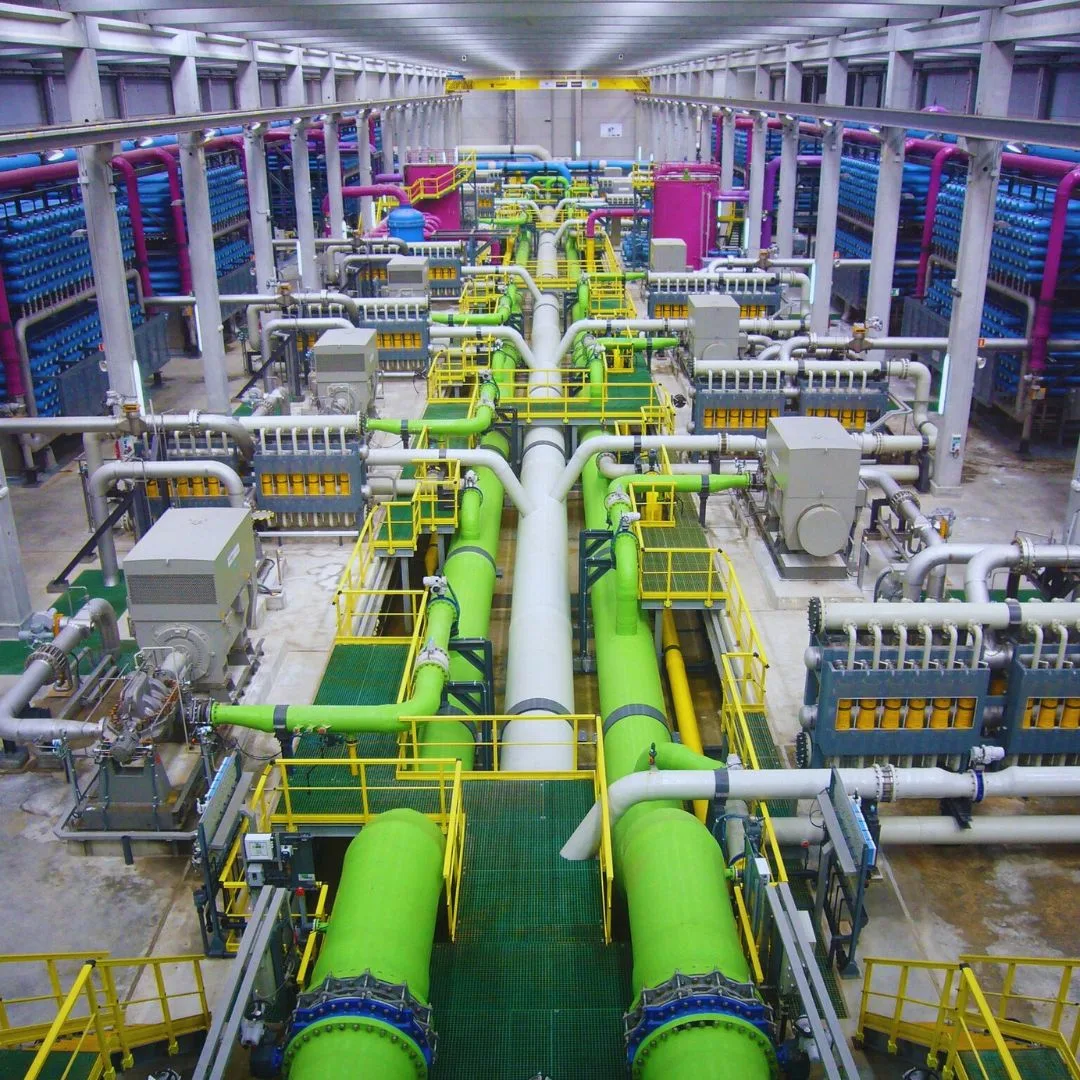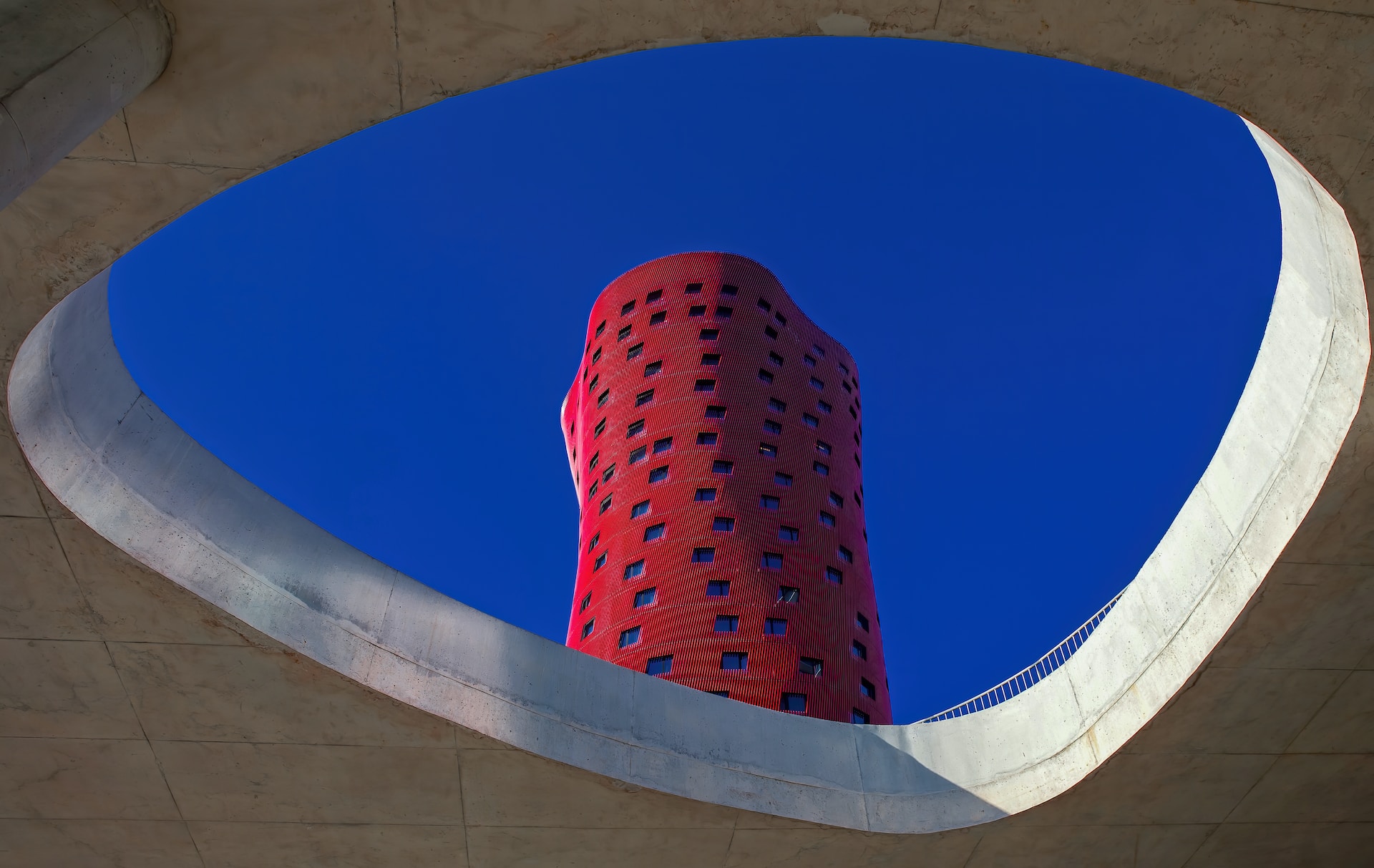Consider the words “city life” for a moment and come up with five adjectives to describe it.
Mine were: busy, vibrant, dirty, smelly, dynamic.
Very few, if any, would associate city life with sustainability, cleanliness, or relaxation. Yet, trends show steady population increases in European urban areas, with an expected increase of 83.7% by 2050. As more people move to cities, there are serious impacts on urban sprawling, sanitation, air and water quality, energy use, and the environment.
It’s for this reason that Barcelona has been making headlines in sustainable circles over the last few years – for its efforts to become a more liveable place.
The city’s current standing
The Catalan capital has plenty of projects in the works to reduce pollution, increase neighbourhood cohesion, and boost economic diversity, ideally resulting in improved physical and emotional well-being. The city council’s approval of the “Omplim de vida els carrers” (Let’s Fill the Streets with Life) initiative back in May 2016 was an integral part of this transformation and has led to the “Superilla” developments that those living in Barcelona are sure to have noticed.
Add this to its growing network of cycling lanes, increasing commitment to renewable energy, and initiatives for waste management, and things seem to be heading in the right direction. Let’s dive deeper into each of these to see what they really mean for the city.
Superilla Barcelona
Superilla Barcelona, or “superblocks,” is a multi-faceted urban planning concept based on five pillars:
- Transforming public spaces
- Improving neighbourhoods and venues
- Reactivation of economic fabric
- Facilitating sustainable transportation
- Increasing public housing

Many of the planned superblocks are now in place and by transforming public spaces, there is now more green space and community gathering areas. The improvements are citywide with a particular emphasis on schools, as part of the “Protegim les escoles” (Protect the Schools) programme, making the surrounding areas safer and greener for children.
Improving neighbourhoods and venues is meant to improve existing neighbourhoods and facilities with a human approach in mind. The term “regeneration” is prominent in much of the documentation, as the city focuses on revitalising – rather than replacing – historical neighbourhoods, landmarks, and other venues. Another key component is the Vila Veïna Project, centralising care-related services in every neighbourhood. Lastly, Barcelona City Council has approved plans to regulate the development of charging stations, ensuring that the transition to electric vehicles (including e-scooters) is managed sustainably.
The reactivation of economic fabric is largely taking place in the Eixample and Sant Martí districts, but is revitalising the whole city. The approach is meant to make the areas more inclusive and sustainable, with a balanced mix of citizens, the economic sector, universities, and public administrations.
The facilitation of sustainable transportation includes an additional 60 km of cycling lanes throughout Barcelona by 2024, as well as 97 new bike-sharing stations. Public transportation will be improved by extending tram connections and metro lines, reducing the need for private vehicle use.
Lastly, Barcelona is planning to increase public housing spending, to make affordable housing accessible instead of forcing people to look elsewhere for homes.
It’s worth noting that this project is not without controversy. Some critics feel that the added pedestrian lanes simply funnel congestion onto adjacent streets. Others say that public transportation improvements are not enough to allow many people to ditch their cars altogether. Change is slow and often comes with growing pains but it will be interesting to see how Barcelona adapts to these developments.
Yet, while there is controversy within the city, the urban greening from superblocks has received universal plaudits internationally and put Barcelona back at the forefront of urban reinvention. Many other cities, including Melbourne are now seeking to copy the model. Liveability surveys are also celebrating Barcelona for its approach, with Monocle’s 2025 quality of life survey – one the planet’s most esteemed – awarding Barcelona as the best city in the world for ‘urban greening’. Overall, it seems like a job well done.
This is a work in progress. From 2025 onwards, even more superblocks are planned.
Increased Access to Sustainable Transportation
Believe it or not, Barcelona is ranked the 10th most bike-friendly city. This list includes heavyweights like Copenhagen, Amsterdam, and Antwerp.
Between the existing 260 km of cycling lanes and plentiful new kilometres in the works, Barcelona is set to improve its ranking. The city has made its cycling infrastructure available to all members of the public by working with Bicing, which has 7000 bikes available to share throughout 519 stations in Barcelona. It’s fair to assume that these numbers will only increase with Barcelona’s development plans.
Not only that, Barcelona boasts a robust public transportation system that it continues to expand. Road traffic is greatly reduced thanks to this system, but the 900 or so buses that run during rush hour still have a sizable greenhouse gas footprint. Enter, NIMBUS: a pilot programme to turn the city’s sewage into biofuel for its buses. According to their website, this should reduce the carbon footprint of a single bus by 85%.
Saps com es calcula la predicció de disponibilitat del #bicing?
🕑En base a les dades de l’històric de disponibilitat de les estacions Bicing en cada moment del dia
🌤️La situació climatològica en temps real
🚩Les rutes programades dels vehicles de reposició pic.twitter.com/TlcKMYOlRI— bicing (@bicing) April 24, 2023
Baby Steps: Sustainable Energy Production
Synonymous with sunny weather, it only makes sense that the city is finally investing in solar energy projects through the Sustainable Energy Mechanism (MES) Barcelona: a public-private partnership working to install photovoltaic panels on buildings throughout the city.
This collaboration will secure at least 166 million euros of investment for installations and lead to a 66% increase in the current generation of local renewable energy. As of now, only about 1% of Barcelona’s yearly electricity consumption comes from a renewable source.
The Journey to Zero Waste
Barcelona is among the largest European municipalities to implement a zero-waste strategy.
Plans involve a wide range of waste prevention, reuse, and recycling measures designed to curb the waste production in the city. Separate collection is one of the primary ways that Barcelona is managing its waste, which allows for recyclable and compostable materials to be processed and reused rather than dumped into a landfill. At the time of writing, Barcelona has a separate collection rate of approximately 40.64%, missing the 50% goal it set for 2020 by a substantial margin.

In addition, the Generalitat and the Spanish government insist that they will comply with the European directive banning single-use plastics such as plates, cutlery, and drinking straws. Unfortunately, there is yet to be any legal framework to enforce these rules.
One of the biggest changes will be the 2023 implementation of the Spanish Plastic Tax and 10% Tax breaks for businesses reducing or eliminating single-use plastics.
A city by the sea
Barcelona is famed for its seaside setting, and its beaches, which attract international visitors and are a playground for locals. With so many visitors flocking, the mediterranean sea that surrounds the city should be considered an integrated district of the city itself.
The ‘blue economy’ is becoming a bigger part of Barcelona’s sustainability plans. There are too many developments to mention here but a good example is the new zero-emissions water taxis which run from the bottom of La Rambla to Nova Bocana, where you’ll find the beginning of the city’s beaches.
On the beaches, you might be surprised to know that virtually all of Barcelona’s playas – including the main Barceloneta stretch – are now ‘Blue Flag’ certified. That means they meet a strict international accreditation on water quality, safety and environmental management. This contradicts the (unfair) reputation of Barcelona’s main beaches which are maligned for being a bit dirty and chaotic.

The success of Barcelona’s beaches is connected to a historic national tally, which has give Spain the highest number of Blue Flag beaches in the world (642).
So who’s in charge of all this?
A good deal of the initiatives mentioned in this post, including the superblocks, were introduced by the former mayor Ada Colau. Her tenure, while not admired by everyone, is when Barcelona started to get on track as a pioneering sustainable city.
She was replaced by the current left-wing mayor Jaume Collboni in 2023, who is maintaining the focus on sustainability and climate change. The developments from the previous administration are being seen through and there is plenty of positive change too, from a similar point of view.
With a key part of a city’s sustainability being its leadership, it’s reassuring to know that Barcelona appears to be driving in the right direction.
Other controversies
This post may read like a hagiography of Barcelona’s utopian sustainability credentials – and it’s true there’s a lot to positive change to praise. A little perspective is needed though because there are also controversies. Not least of these is the $3.7bn airport expansion planned for 2033, at a time when emissions should be coming down and Barcelona is struggling to accommodate overflowing tourism.
The recent approval of the project was a disappointment for a lot of residents. The expansion will also disrupt a wildlife reserve that’s rich with birdlife and other biodiversity. There are rewilding efforts to compensate but they seem a little dwarfed against the massive development.
Not to put a downer on things but of course the city is not perfect.
2024 State of Emergency due to drought
Barcelona aims to become more resilient to climate change but that very crisis is a challenge to its success.
In early 2024 Barcelona, and also many parts of Catalonia, entered the first of three phases of a State of Emergency, due to drought. It’s a worry for a city that is heavily invested in its startup ecosystem and tourism, both of which would be impacted by dwindling water.
Tourism could be hit especially hard: swimming pools may have to close in future phases and visitors (who consume way more water than residents, statistically) could have restrictions on the amount of water they can use. Less fun means fewer folk coming.

Since then the drought has eased somewhat with heavy rainfall in late 2024 restoring water reserves. But when considering how sustainable Barcelona is, the city’s adaption to drought becomes an urgent lateral issue. Looking ahead – with climate change not going anywhere soon – Barcelona will have to find more sustainable ways to give its people and its city infrastructure the water it needs. That and consider an economy that isn’t as reliant on water-intensive tourism. This will likely involve more costly desalination, itself a process with relatively high emissions thus arguably aggravating the root causes. As always, sustainability is a little tricky.
Whatever it involves, it’ll need to be something stronger than hope because future droughts are becoming more likely, not less. Action and innovation are required for Barcelona to remain a sustainable place to live and work.
Watch this space, we’ll report back soon.
A final observation
Recent developments in Barcelona’s sustainable plans have, at the very least, put it on the map as a committed participant of global efforts to combat climate change.
The reduction of fossil fuel-based transportation, development of green spaces, and focus on liveability are all important steps towards making it one of the most sustainable cities in the world. On the other hand, the necessary changes will not be made with these initiatives alone and the city faces threats from climate change itself. Continued improvements in waste management, plastic consumption reduction, water management, and implementation of renewable energy production must all be pursued if the city wishes to better its standing on the global sustainability stage.
Barcelona has the building blocks, all it needs now is timely execution and thoughtful scaling.



Leave a Reply